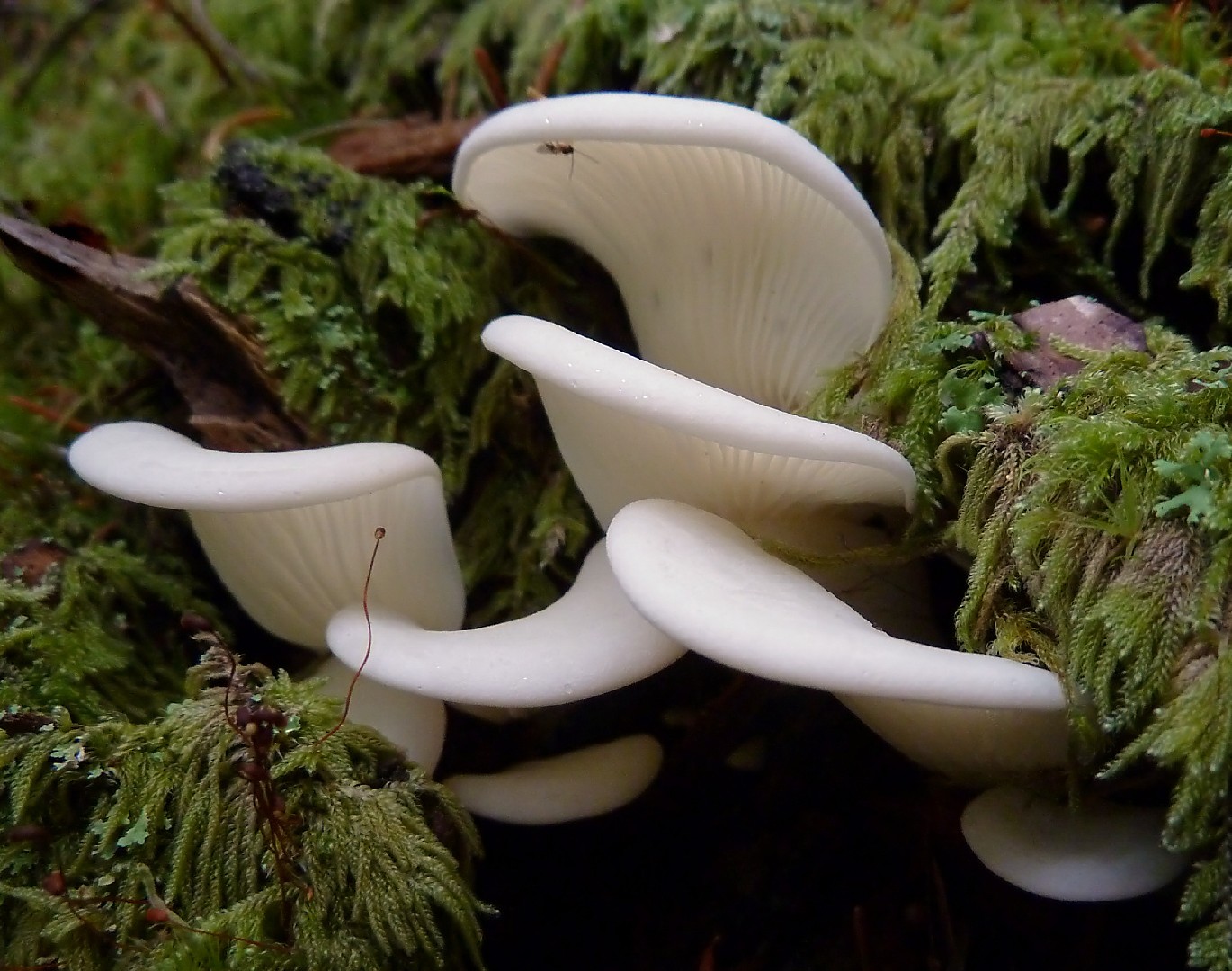Pleurocybella
Scientific name: Pleurocybella
Pleurocybella
Scientific name: Pleurocybella
 Photo By David Rust (incredulis) , used under CC-BY-SA-3.0 /Cropped and compressed from original
Photo By David Rust (incredulis) , used under CC-BY-SA-3.0 /Cropped and compressed from original Description
Pleurocybella often thrives on decaying conifer wood, especially in forests. These fungi typically have delicate, fan-shaped fruiting bodies and are known for their white to cream coloration. They usually appear in late summer to fall. Pleurocybella species play a crucial ecological role by breaking down tough plant materials, contributing to nutrient cycling in forest ecosystems.
Species of Pleurocybella
Scientific Classification
Phylum
Club fungi Class
Mushroom-forming fungi Order
Gilled fungi Family
Marasmiaceae Genus
Pleurocybella